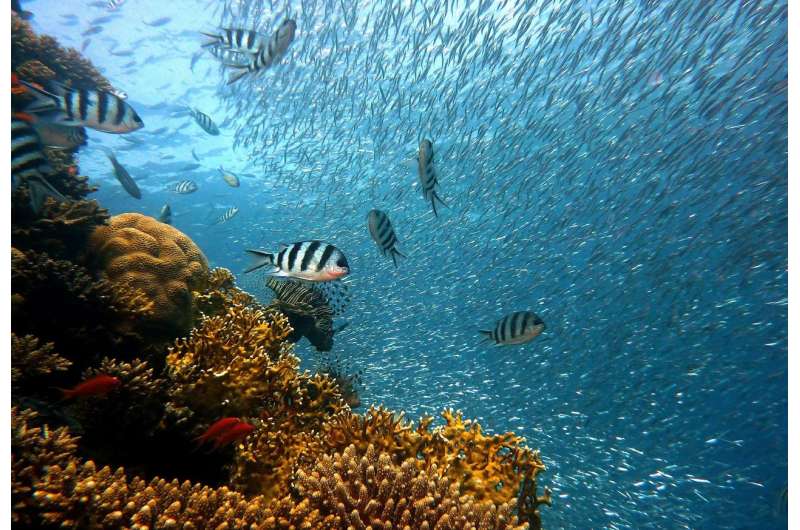Predicting the future fish of the day: How well do our models work?

Understanding how the physical and biological world reacts to climate change is a challenge that science must contend with.
To accurately assess how species might respond to global warming the reliability of simulation tools must be tested.
In this context, the technology center, AZTI, has coordinated a study, published in the journal Global Change Biology, which compared fisheries model projections of the abundance of fish and their geographical distribution with catch data from North-East Atlantic surveys.
"We wanted to know if current fish forecasting models are effective under different climate change scenarios, by verifying their reliability and to reach a better understanding of how much these models can be relied upon to draw scientific and fish management conclusions," said Josean Fernandes, the AZTI Sustainable Fisheries Management expert.
Global perspective vs specific focus
The study concludes that the models are reliable when the aim is to analyze general trends.
However, they have limitations when the analysis is confined to a specific species or area.
"The larger the scale at which the results were analyzed, the more the fisheries models coincide with the oceanographic survey data. Results also improve when referring to total catches of several species and not to individual species," the AZTI expert states.
"The results of the study can be used to guide fisheries management at larger spatial scales, but greater caution is required at smaller scales. The application of these models to a species or small area will require a detailed analysis at local level of the model."
A team of modelers and researchers from Europe and Canada have taken part in this work, with collaboration from, in addition to AZTI, Plymouth Marine Laboratory, University of Exeter, University of Bern, National Oceanography Centre of Southampton, Euro-Mediterranean Center on Climate Change and University of British Columbia.
The work places emphasizes where we need to focus efforts to improve the models for future research.
"Our study also questions whether it is time for a change of mindset, to now place our emphasis on mitigation and adaptation actions, both in science and in society, instead of focusing on estimating and questioning the possible consequences," Fernandes said.
To develop this study, promoted by several European and national research projects, the team used eight updated ocean biogeochemical models that describe the way in which climate change is going to affect the physical, chemical, geographical and biological conditions of the North-East Atlantic, including temperature, nutrients and plankton, and how those changes in environmental conditions affect projected changes in distributions, abundances and biomasses of commercial fish species in various spatial scales.
More information: Jose A. Fernandes et al. Can we project changes in fish abundance and distribution in response to climate?, Global Change Biology (2020). DOI: 10.1111/gcb.15081
Journal information: Global Change Biology
Provided by University of Exeter





















